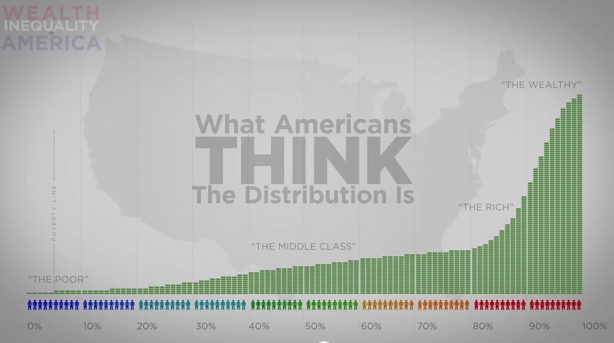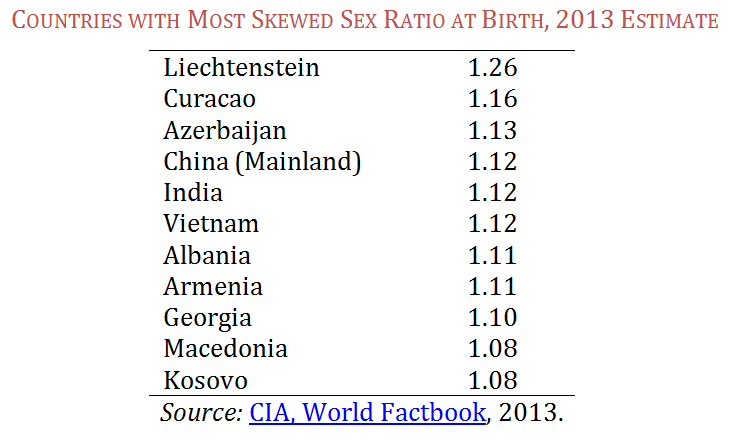Still from a 2013 Red Bull commercial:
The winter of 1620 was a devastating one for the colonists who had just arrived from England in New Plymouth. They suffered from scurvy, exposure to the elements, and terrible living conditions. Almost half (45 out of 102) died; only four of the remaining were women.
They made contact with the Wampanoag tribe in March. The tribe taught them how to grow corn and donated food to the colony. Thank to their help, the pilgrims were able to celebrate a harvest, or thanksgiving, that fall. It was attended by the 53 remaining pilgrims and 90 indigenous Americans.
That’s why this Red Bull commercial is so annoying. In the final 12 seconds, you see four pilgrims and two Indians, three women and three men. So, by pure numbers, reversed and heavily female. The turkey is served by a pilgrim, sending the message that the pilgrims were feeding the Indians and not vice versa. It’s a woman, of course, but likely most of the food preparation would have done by men, since they were 77% of the colonist population.
But, it nicely lines up with how we apparently think the world should be today: multicultural but majority white, with women cooking, and everyone paired up in same-race, heterosexual monogamy.
It’s the little things, you know.
Thanks to Jeff S. for the tip!
Lisa Wade, PhD is an Associate Professor at Tulane University. She is the author of American Hookup, a book about college sexual culture; a textbook about gender; and a forthcoming introductory text: Terrible Magnificent Sociology. You can follow her on Twitter and Instagram.

















